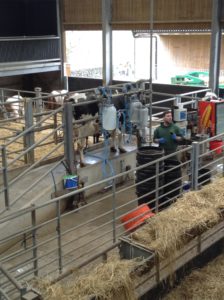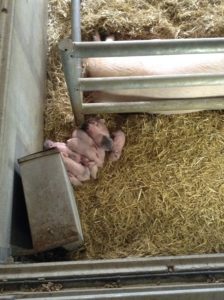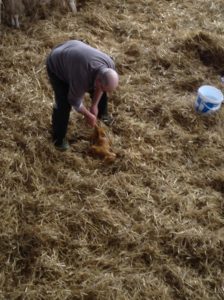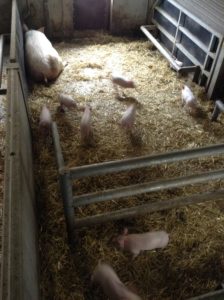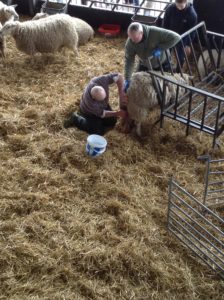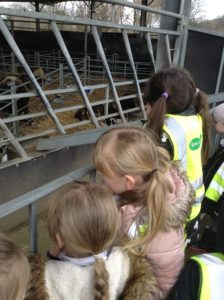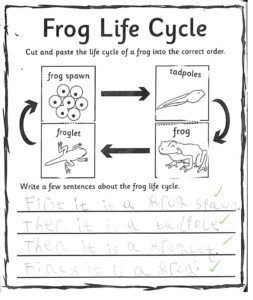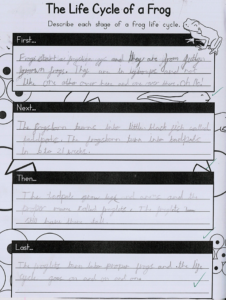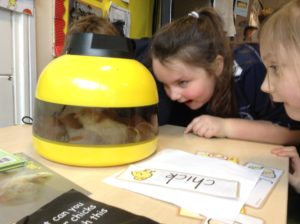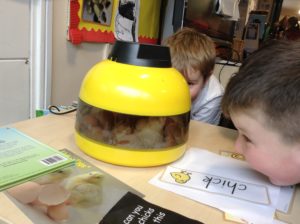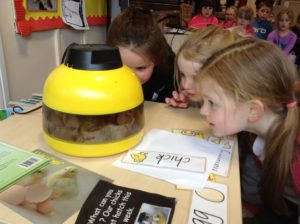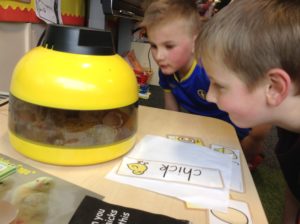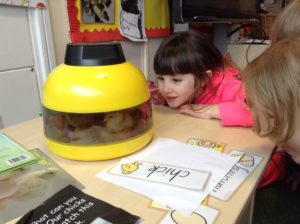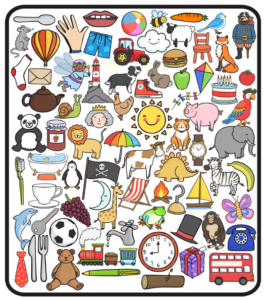The STA has published an information leaflet and two videos for parents/carers of children in Year 2 and Year 6 about national curriculum assessments. The purpose of these materials is to help you understand more about the end of key stage assessments that will be administered in primary schools in May. (The end of Key Stage 1 is Year 2; the end of Key Stage 2 is Year 6.)
The materials provide basic information about the purpose and format of the tests, how parents can best support their children and how results will be reported.



